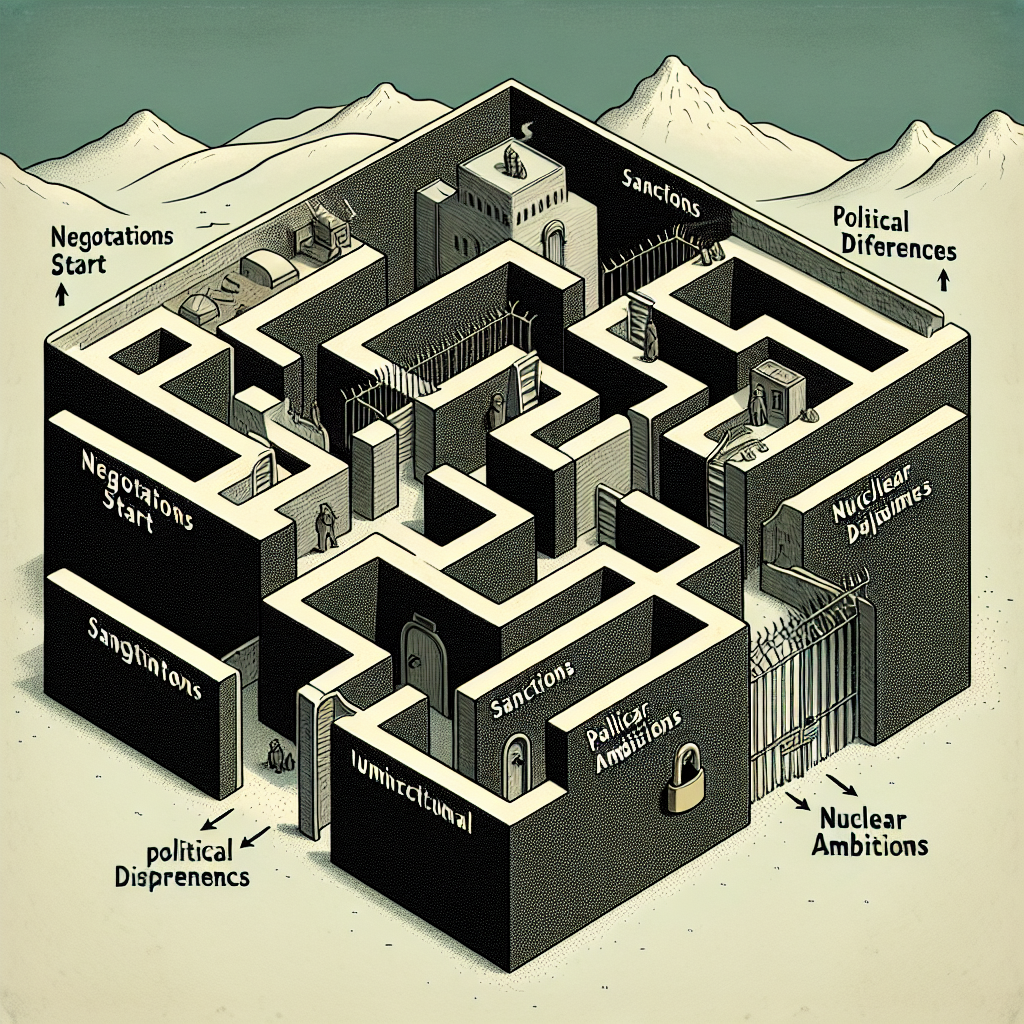Obstacles to a New US-Iran Nuclear Agreement
Obstacles to a New US-Iran Nuclear Agreement
Introduction
The prospect of reviving a nuclear agreement between the United States and Iran faces numerous challenges. These obstacles stem from political, strategic, and diplomatic complexities that have evolved since the original Joint Comprehensive Plan of Action (JCPOA) was established in 2015.
Political Challenges
Political dynamics in both the United States and Iran significantly impact the potential for a new agreement.
- US Domestic Politics: The US administration faces pressure from both Congress and allies who are skeptical of Iran’s intentions and the effectiveness of a new deal.
- Iranian Political Landscape: Iran’s hardline government is wary of US intentions and demands guarantees against future withdrawal from any agreement.
Strategic Concerns
Strategic issues further complicate negotiations, with both nations having divergent priorities.
- Nuclear Program Limitations: The US seeks stringent limitations on Iran’s nuclear program, while Iran demands the right to peaceful nuclear development.
- Regional Influence: Iran’s influence in the Middle East, particularly in countries like Syria and Yemen, remains a contentious point.
Diplomatic Hurdles
Diplomatic relations between the two countries are fraught with mistrust and historical grievances.
- Sanctions Relief: Iran insists on the lifting of economic sanctions as a precondition for any agreement, while the US demands verifiable compliance first.
- International Mediation: Efforts by European and other international actors to mediate have had limited success due to differing priorities and interests.
Conclusion
The path to a new US-Iran nuclear agreement is fraught with obstacles that require careful navigation. Political, strategic, and diplomatic challenges must be addressed to achieve a sustainable and mutually beneficial agreement. The outcome of these negotiations will have significant implications for regional stability and international security.













